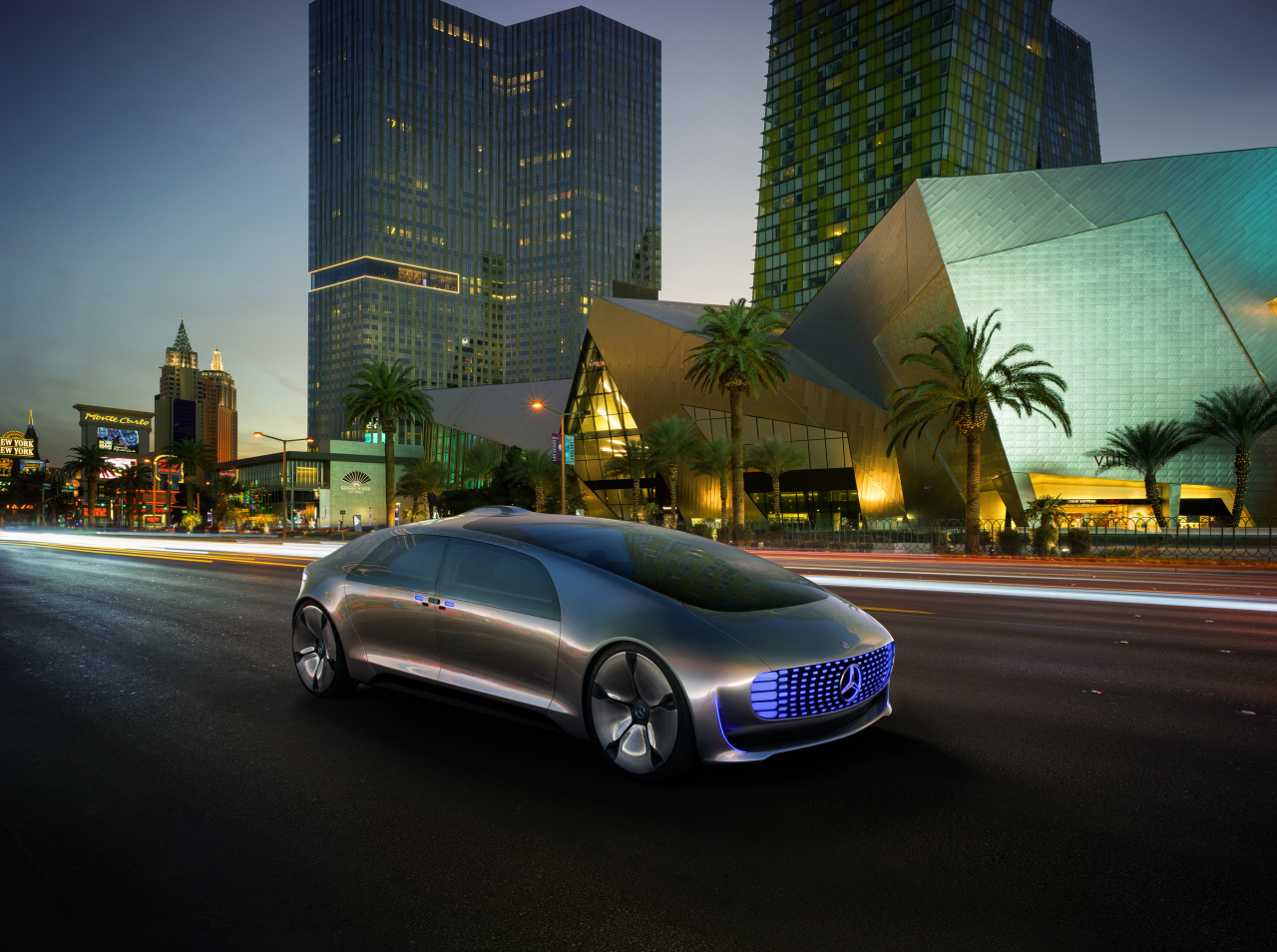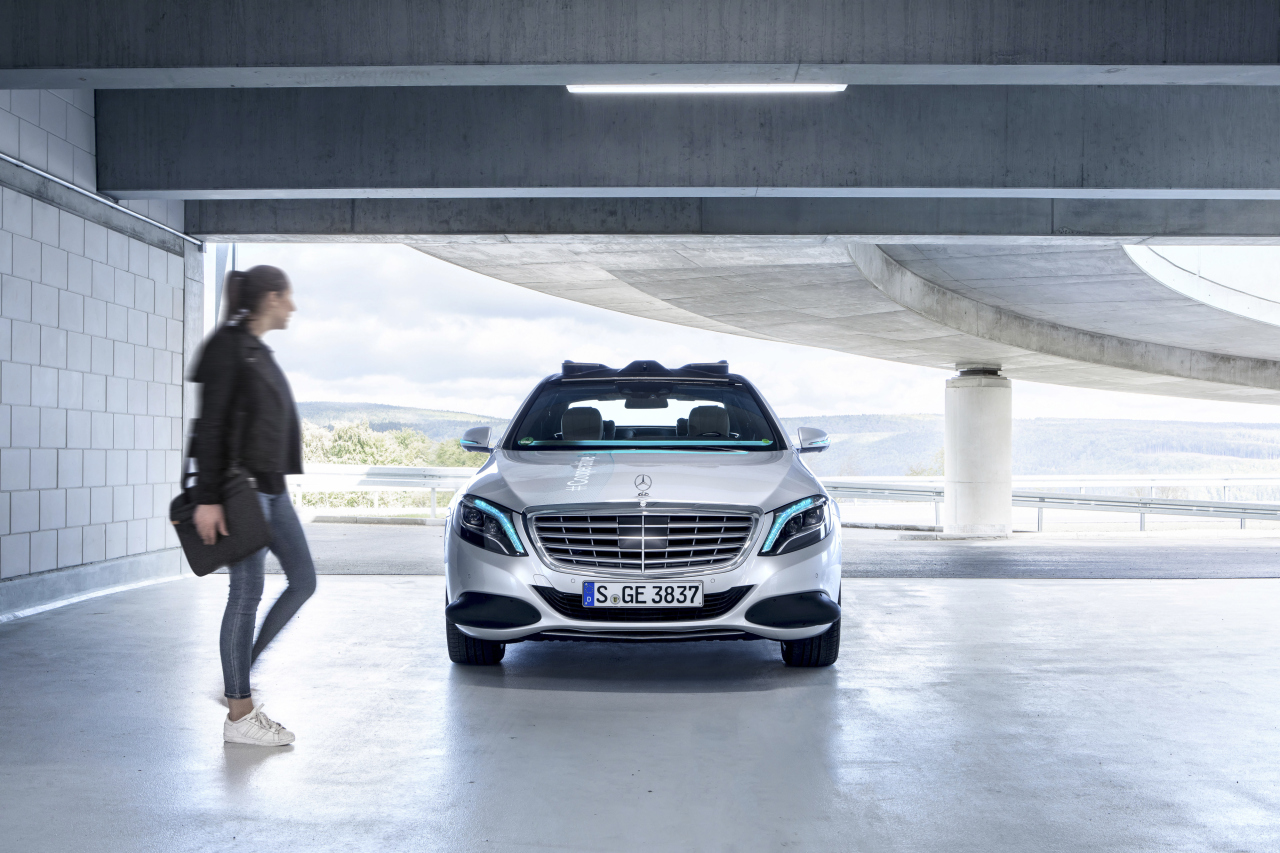[Herald Design Forum 2019] Mobility coping with future environment
By Shim Woo-hyunPublished : Sept. 30, 2019 - 16:58
Discussions about future mobility often involve technologies such as artificial intelligence and autonomous driving and innovations surrounding electronic vehicles.
Alexander Mankowsky from Daimlers research unit takes part in such discussions. He looks ahead and keeps track of technological developments aimed at bringing new vehicles that fit future environments.
Mankowsky will join Herald Design Forum 2019 to deliver a speech on future mobility and the vehicles of the future that he has been looking into at the German automaker.
Alexander Mankowsky from Daimlers research unit takes part in such discussions. He looks ahead and keeps track of technological developments aimed at bringing new vehicles that fit future environments.
Mankowsky will join Herald Design Forum 2019 to deliver a speech on future mobility and the vehicles of the future that he has been looking into at the German automaker.

He has worked in the research unit at Daimler since 1989, concentrating on social trends in mobility.
He studies technological developments and conducts research to help the automaker be aware of upcoming changes in the development cycle, which usually takes around seven years from predevelopment to development and industrialization.
For example, Mankowsky looks for alternative energy sources for new mobility, to reduce carbon dioxide emissions that cause global warming. He also considers measures to handle possible noise pollution the new energy might create.
In the case of autonomous driving vehicles, he attempts to come up with measures that assure people that driverless cars are safe.
Beyond the technical aspects, Mankowsky keenly observes social issues and changes related to future mobility, so as to develop better “human-machine” relationships.
According to Mankowsky, future mobility -- including self-driving and semiautonomous cars -- will have to be able to function properly on roads that will look nothing like the ones we have today.
Transportation has to fit into multifunctional and dense urban spaces. Future vehicles will have to be equipped with sensors and other technologies that can interact with people on the streets, he said.
“Mobility is a cooperative activity, and we rarely are alone in traffic,“ said Mankowsky, referencing sociologist Lyn Lofland’s notion of “cooperative mobility,” which is defined as “how strangers work together to traverse space without incident.”

Future mobility has to come up with a set of rules aimed at easing interactions between people and vehicles. This would allow strangers to walk without bumping into one another and to feel safe around driverless vehicles, Mankowsky said.
Mercedes-Benz’s “cooperative car,” based on the Mercedes-Benz S-Class, features a 360-degree light-signaling system. The turquoise lights on the car’s roof are designed to inform nearby pedestrians about the presence of the vehicle and the next steps it will take on the road.
By Shim Woo-hyun (ws@heraldcorp.com)







![[KH Explains] How should Korea adjust its trade defenses against Chinese EVs?](http://res.heraldm.com/phpwas/restmb_idxmake.php?idx=644&simg=/content/image/2024/04/15/20240415050562_0.jpg&u=20240415144419)











![[Today’s K-pop] Stray Kids to return soon: report](http://res.heraldm.com/phpwas/restmb_idxmake.php?idx=642&simg=/content/image/2024/04/16/20240416050713_0.jpg&u=)